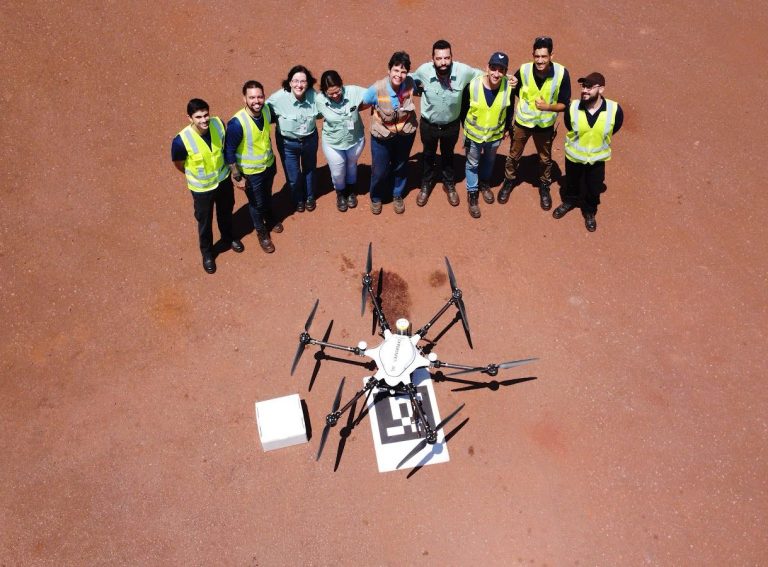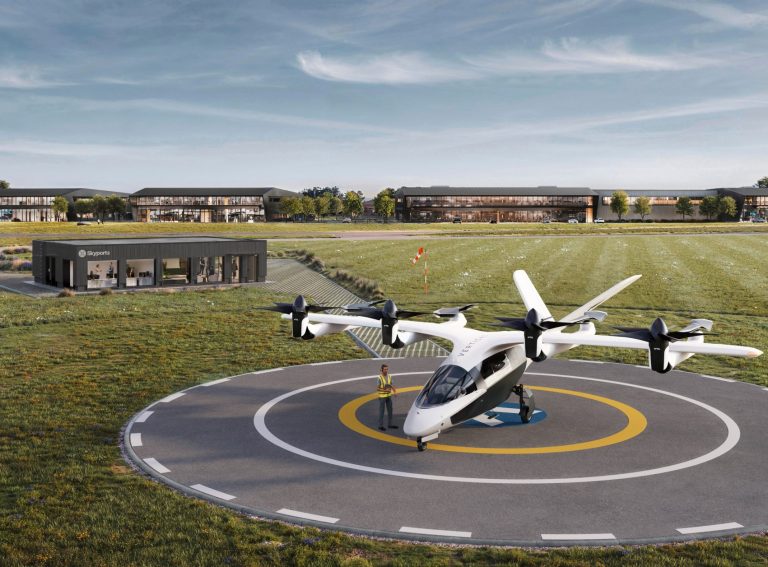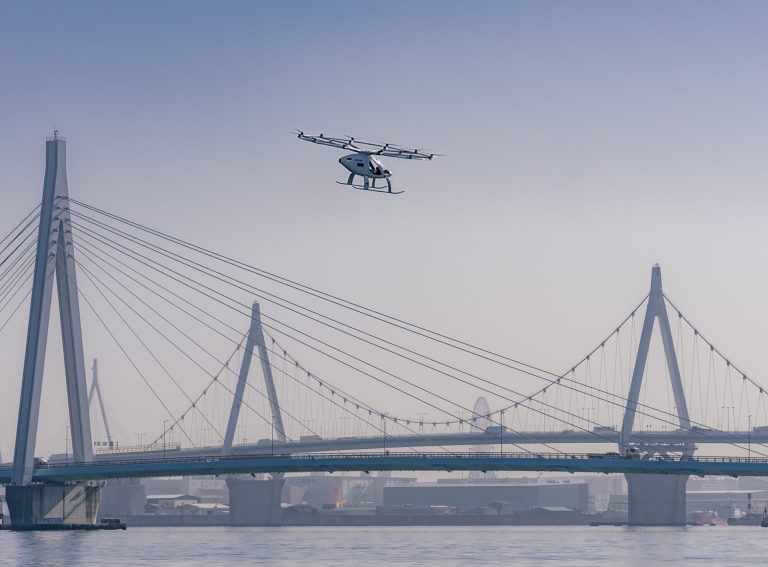US-based electric seaglider manufacturer Regent has begun hardware and systems integration of its full-scale seaglider prototype.
Regent’s ‘Viceroy’ seaglider is a 12-passenger maritime vessel that operates above water to connect coastal destinations.
The Viceroy operates in one of three modes. In “Float” mode, the seaglider can float on its hull. In “Foil”, it rises above water on hydrofoils (wings that operate underwater to lift the hull out of water and avoid waves). During “Fly” mode, the seaglider flies above open water on a cushion of air while remaining within one wingspan of the water’s surface.
“Seagliders offer faster speeds and smoother passenger experiences than sea vessels thanks to their three modes of operation,” Regent Co-Founder Mike Klinker told Zag Daily. “Flying in “ground effect” increases aerodynamic efficiency, allowing the Viceroy seaglider to travel at speeds up to 180 miles per hour for up to 180 miles, offering a further range than eVTOLs and low operation and maintenance costs to increase their accessibility.”
Ground effect is the reduced aerodynamic drag that an aircraft’s wings generate when close to the ground surface.
Regent will be assembling the Viceroy’s structural components over the next few months and installing the critical onboard systems such as motors, batteries, electronics, and vehicle control software. The company aims to begin sea trials with humans on board later this year.
“With about 40% of the world’s population living near the coast, there’s a pressing need for solutions to quickly and efficiently connect coastal hubs,” Mike said. “We designed our all-electric seagliders to drastically reduce the time and cost of transporting passengers and goods, providing a comfortable, convenient, and affordable transportation solution.”
Having received approval from the US Coast Guard for its Navigational Safety Risk Assessment, Regent will test the full-scale prototype in all of its three modes in Narragansett Bay and Rhode Island Sound.
Regent has an order book of 600 seagliders to date valued at more than $9 billion, with customers and partners across six continents. The company aims for the Viceroy to begin service in 2026 to 2027.




